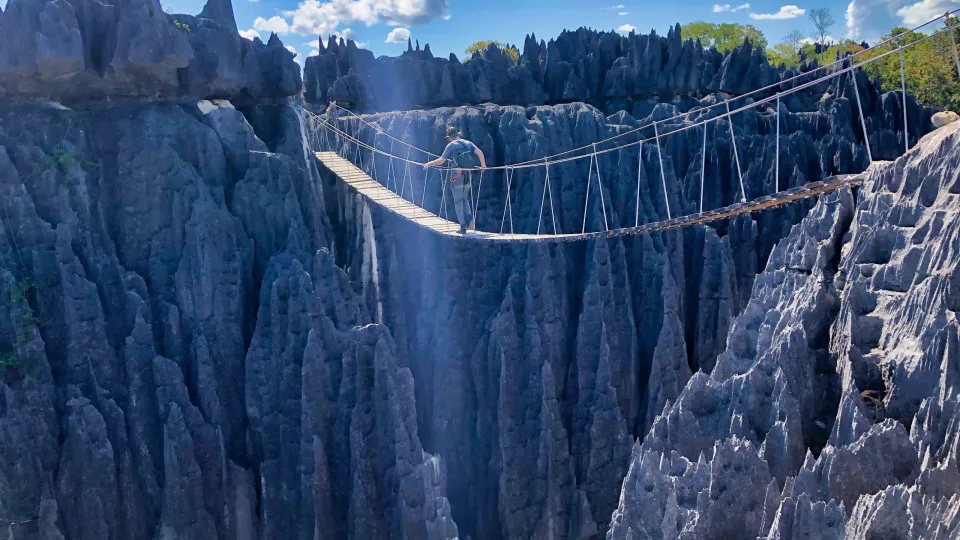The Tsingy de Bemaraha Integral Nature Reserve, also known as the Tsingy Stone Forest, is one of the most spectacular and unique natural landscapes in the world, consisting of an enormous and rare collection of razor-sharp limestone needles. Check out this gallery for an exhilarating look at the dramatic landscape and its exceptional beauty.
The world's most spectacular stone forest
A stone forest filled with species yet to be discovered
© Shutterstock
RECOMMENDED FOR YOU
MOST READ



